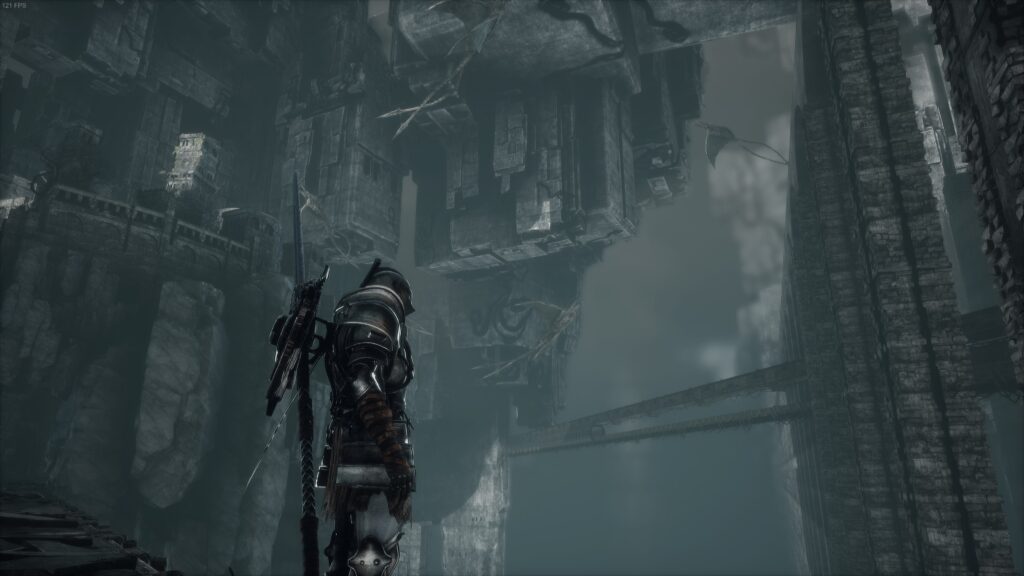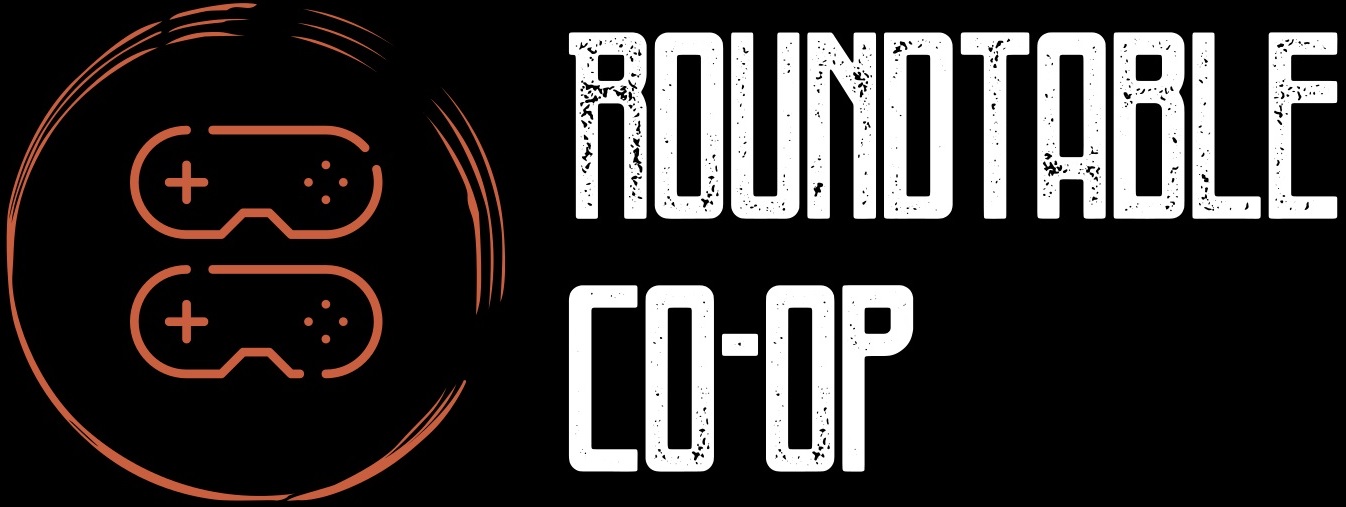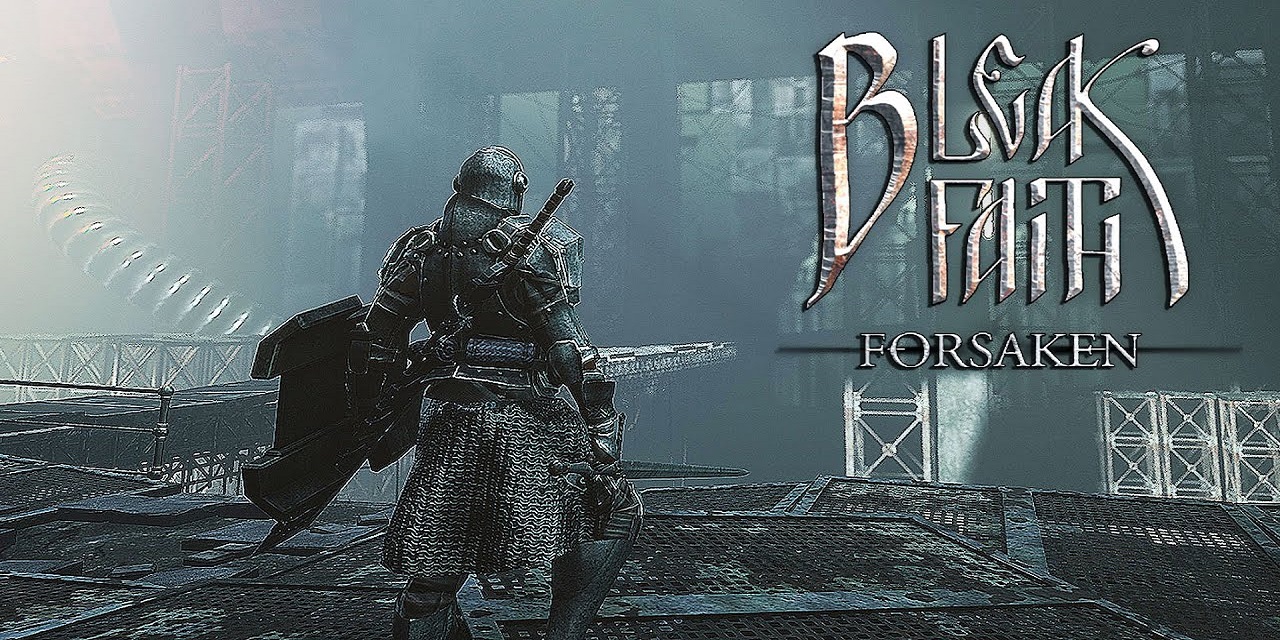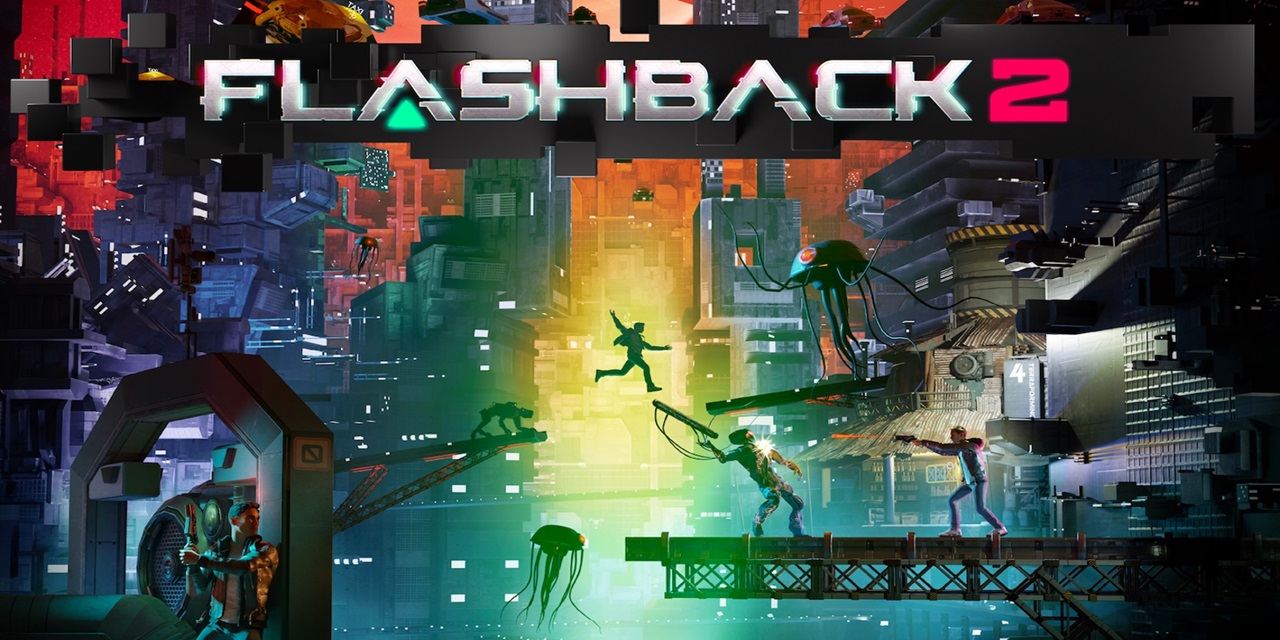Bleak Faith: Forsaken is a Souls-like game self-published by 3-person studio Archangel Studios, releasing March 11 on Steam. There has been a long slow burn as the developers teased the game over its development and we finally have it in our hands. This review was going to be a lot more negative but two patches in the last week have greatly reduced the problems we were having. With most of those fixed, we end up with a glorious game that any Souls player should enjoy – and likely praise for some of the design decisions it takes that separate it from FromSoft games and other Souls-likes.
If you’ve played any of this genre you know the basics. You play a character with a set of statistics and equipment, with move-sets based on weapon used and magic slotted. Combat involves choosing when to use target lock (and when it would be a liability), managing stamina, health and restoratives and with difficulty greatly increased the more enemies you let engage you. Combat Is the balance and timing of light and heavy attacks, ranged and melee combat, positioning, dodges, blocks, and parry responses. You navigate the immense world by progressing past monsters, puzzles and labyrinths to unlock new respawn locations and regularly find ways to create shortcuts around the map such as lowering a ladder or opening a gate which can only be done from one (always “the other” side) and so on. So far, so Dark Souls; all good and enjoyable and many players, me included, are eager for more of this. The formula is actually changed and extended quite a bit so while it definitely feels souls-like, it also feels fresh enough that even off the back of copious hours in Elden Ring recently it’s a lot of fun to play.

The options menu is enough to make Totalbiscuit smile down upon us from the great LAN cafe in the sky, there is almost everything you could want to customize the game to your liking. Multiple FPS lock settings including the essential unlocked FPS, a FoV slider, camera distance setting, screen shake amount and more. A flaw of the FromSoft games is their terrible PC ports including controls, but they are much better here with easily bindable keys for everything, and options to change key sharing for jump and avoidance, or sprint and avoidance, or completely separate keys for them. It is worth noting that the game controls beautifully with keyboard and mouse, something that cannot be said about any FromSoft game – though they are slowly improving. The graphics settings are similarly comprehensive so you can increase, lower, or disable screen shake and motion blur which is always nice, and make whatever tradeoffs you prefer to get optimal quality for the performance you want. DLSS and dynamic resolution are two newer tools that really help here.
Bleak Faith performs excellently even on max settings, maintaining a good 120+ FPS while looking stunning… in the usually drab and dreary way it presents itself. Technical performance aside, many will probably dislike the very narrow colour palette. They certainly made their voices known in the 2000’s when Call of Duty, and other large games had a largely brown colour scheme. I find it works very well for the atmosphere of the game, and when splotches of colour appear they stand out in greater contrast because of the usual lack of it. The game is surreal and dark, so a dark colour palette suits this well, as do the sound effects and music. The music is atmospheric and often has an electric or industrial theme that fits right in. The sounds themselves are good, but the sound design is not ideal… sometimes you can hear something nearby, but it can be hard to tell where things are coming from or how far away they are. This is especially bad when you hear the games equivalent of a minecraft creeper which is horrifying enough even when you can tell where it’s coming from.
True to the Formula
The setting is unexplained, and you need to pay attention and explore to make sense of it. Uniquely It’s a mix of high and low tech presented in a surreal way that makes you want to continue exploring to find out what’s going on. When you meet NPCs and get drip fed lore in true Souls-like fashion you just get more questions. Fighting a mechano-shrimp with your plate armour, arming sword and shield does work though! The enemy types and environment are well designed, and both change substantially as you progress through the game.
The combat is relatively fast paced, and basic mobs can kill you if you mess up or haven’t learned how they move yet. Early on you’re shown a tutorial about timing combo attacks with your weapons and it’s very important you learn this timing with each weapon you use. If you mess up a combo there’s enough of a dead space in your rotation that many mobs can exploit it and at the very least damage you and possibly even kill you, especially if there are more than one. The combat is also heavily based on the weapons being used as each weapon has its own moveset, speed, range, and abilities. A Souls player will feel at home with these fundamentals, making it quick to pick up and have fun.




Changes to the Formula
There are no character levels – all stats are gained from equipment. If you want to change build, you change your gear. Gear sets are suitably diverse with the equivalent of strength, durability, agility, and caster focused sets – and hybrids of them. Some are objectively worse than others, the ones closer to the start of the game for example. Equipment can be modified in two ways – it can be upgraded, similar to using titanite shards, and it can be socketed with gems which can provide raw stats, effects like leech, status effects, or attack power. This can only be done at an NPC you discover not too far into the game, who you can upgrade over time to be able to modify equipment further. Gems also come in tiers of strength, a 3% attack power gem will later have a 9% attack power gem, or +1 strength will have a +2 version etc.
There is also a system of Perks and Abilities. Abilities are much like spells in Dark Souls, some of which are chosen by the player, but your weapons can also provide abilities. Perks are new however and more like RPG talents that let you customize how you want to play in a more meaningful fashion as each perk provides playstyle changing effects. You can change your abilities but not your perks which kind of goes against the mentality of change your gear to change your build they’re going with. Some people prefer the persistence of building a character that is specialized for a big strength bonking build, then making a new character to have them play an agile light weapon and bow build, and yet another for magic. Others prefer a system of being able to change drastically depending on what you feel like – or what you find. Both approaches are good I find and am happy either way. Perhaps there will be enough perk points for it to not matter that you cannot respec them.




Additions to the Formula
You can place one bonfire that will stay until you reach a standard bonfire. Really helps in this extremely large world. One of the flaws of the Souls genre is the perception of time wasting as you’re forced to repeat the same trivial content repeatedly – that also depletes resources – on your way to the content giving you trouble. Given the immense size of this world and your knowledge of it, there still might be quite a distance to what’s giving you trouble, but it’s an excellent QoL addition that I think should be considered in the genre going forward, at least for the larger games like Bleak Faith and Elden Ring.

Restoratives are no longer linked to resting at bonfires, they are limited by number of belt slots (increasable from 2 to 4) and size of stack (starts at 2 also increasable by traits), and you refill your belt and arrows after every combat. It lets fights, especially bosses, be more consistent as they can be balanced around having a full set of consumables every time. The tradeoff is they are expendable rather than endlessly refillable so might take some grinding to replace if you use a lot of them but this has not (yet) been an issue for me. Having arrows also be limited per combat means you cannot cheese mechanics as easily which is good too.
Bosses are largely similar but large creatures can have a system of attacking their legs until they collapse, whereupon you climb onto them and engage in a spectacle fighter-style system where you attack their weak points while trying not to be dislodged. So long as this isn’t overused it’s a nice addition. Speaking of climbing onto bosses, you can climb elsewhere too. This adds another option to map traversal where sometimes you’ll need to scale a cliff face to bypass a locked door or reach a secluded area. These climbable points are marked and show up in the HUD thankfully.

The Bad
Most of the bad was fixed in two patches that dropped while reviewing the game – resulting in a substantial rewrite. That personal annoyance aside, they bumped the game up from good to great but some smaller issues and some subjective problems remain. The combat and controls still lack a little polish. Multiple actions won’t be “queued”, for example if you start to hold sprint while you’re blocking and release block, you won’t start sprinting, you’ll have to release and press sprint again. The same goes for blocking; holding block before an animation cancels won’t start blocking as soon as possible, you will need to release and press block again. This really needs to be addressed and is a primary cause of unneeded deaths. It’s fine not queuing things that should be timed like combos, if you mistime those you can be left flat footed and suffer for it which is good. It encourages learning to be more skilled at combat, but things that shouldn’t be timed and you can’t always tell what’s happened or why are just frustrating. This is number one on my to-be-changed list.
Hitboxes on mobs and their weapons can be hard to determine and mobs can path, move, turn, and accelerate in peculiar ways. This was greatly improved in patches but is still somewhat present. It’s at a level that you can work through especially since it’s mostly predictable, but it would be good if it was still improved further. The sound design, specifically the 3D positioning of enemies could definitely be improved too. Any other objective problems are minor. The statistics and inventory screens could still use some work – most importantly, you need to see increase/decrease in speed and encumbrance from equipping items, currently you need to equip them one by one then go to your statistics screen to see how it’s changed as “fat rolling” when over encumbered has a similar penalty here. Sort functionality for inventory so you can sort by set, by light/medium/heavy, by upgrade level, by damage type would be a nice QoL improvement.
Subjectively, as mentioned the colour palette is very limited. That is not a problem for me – in fact I find it a huge plus in the rainbow vomit of many modern games – but many will find it to be so. The screenshots and trailer should give a reasonable idea of what to expect here. The FromSoft environmental storytelling style is also not for everyone. If you want a compelling narrative journey with complex NPCs, this game is not for you but the environmental storytelling I find to be beautiful and intriguing.
Bleak Faith: Forsaken is an excellent entry to the Souls-like genre and an easy recommend for any fans of it, with the single caveat being combat is a little less polished than would be ideal. The immersive setting that draws you in, the huge breadth of content, the fun combat, the interesting builds and constant progression as you unlock and enhance your gear make it a thoroughly engaging experience. Anyone new to the genre might be better off starting with Elden Ring which is more lenient in a number of ways but it’s far from impossible for someone to jump straight into. Just keep in mind these games do not hold your hand and do things in their own unique way that thankfully is nothing like the schlock churned out from “AAA” developers. I think Elden Ring deserved the awards it got, and I doubt Bleak Faith: Forsaken will receive such acclaim, but I find this game draws me in far better than Elden Ring did. I am looking forward to spending a lot more time with it – and I hope it does well for the developers. It’s obvious they’ve poured a huge amount of effort and passion into it.
This review gratefully utilised a key provided by Vicarious PR and Bleak Faith: Forsaken is due to be released on March 11 on Steam.
#roundtablecoop




